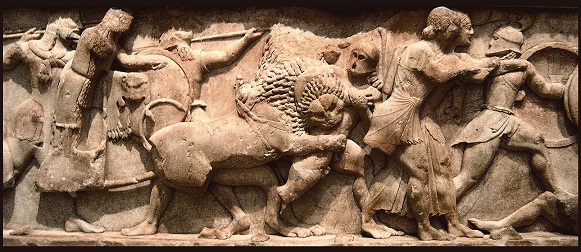Do great works of art find timeless appreciation?

This is so interesting a question. Saying that great works of art find appreciation in all times and places is like making a huge claim which is hard to verify until you have thousands of years of life to see what works really endure the test of time. The important and kind of gray part of this question is whether appreciation remains the same in extent and quality over the ages to come.
I would say both the extensiveness and quality of appreciation changes over time. We do appreciate Plato and Virgil today, but I don’t think they are appreciated by as many people as perhaps in their own times, or in Renaissance when there was a renewed interest in the classics. Today, their appreciation seems to be limited to certain academicians and maybe critics that would make a tiny part of the overall population. But with increasing diversity in knowledge and volume of art available to senses, majority of people in any place and time would tend to pick something for appreciation or just experiencing it by the dominant trends in their time and place.
I just visited Plato’s Facebook fan page and it shows 666K plus “Likes”; Dan Brown’s fan page on Facebook, in comparison, has 2.8 million Likes; and Miley Cyrus’s Facebook page (fan page, not personal account) has 41 million “Likes”. By this social media channel at least, there seems to be no comparison. Few seem to be interested in Plato today. But from what we read about Plato and history of philosophy, it doesn’t appear that anyone in Plato’s time came close to his popularity and level of appreciation. Does he enjoy the same today?
I believe there always will be some people at least who appreciate “great” works of art in any culture and time, long as they are available to them. But when Hume says that a real genius will find “sincere” admiration the longer his works endure and the more widely spread they are, I tend to disagree. It is not easy to gauge “sincere” admiration in the first place; my observation tells that at least some people show admiration for some art or artist due to social influences. In case of religion, I’ll say a great many people show appreciation for certain works that satisfy their religious positions. Islamic calligraphy, for example. Muslims critics would sing praise for almost any work of Islamic calligraphy. But I hardly consider it a form of art let alone appreciate it. Maybe both they I and are prejudiced due to our ideologies. But again, it’s not easy to gauge sincere appreciation.
In sum, I believe that even the greatest works of art – whatever defines “great” – do not maintain as widespread a popularity as they once had in a particular zeitgeist.
Note: This response to a question in my philosophy of art class was written three years ago.


